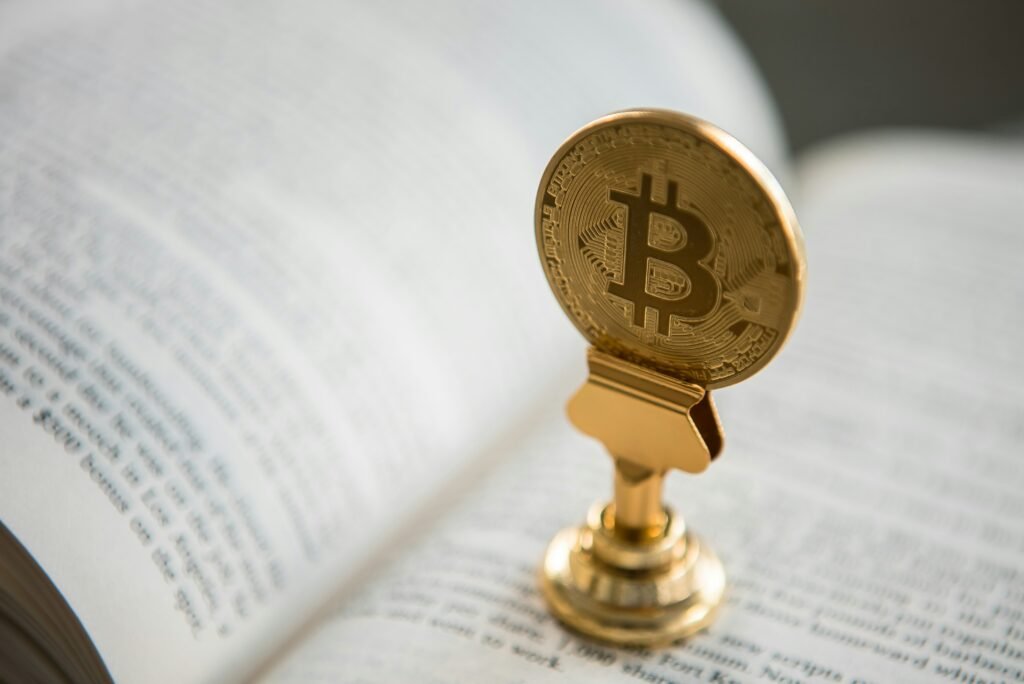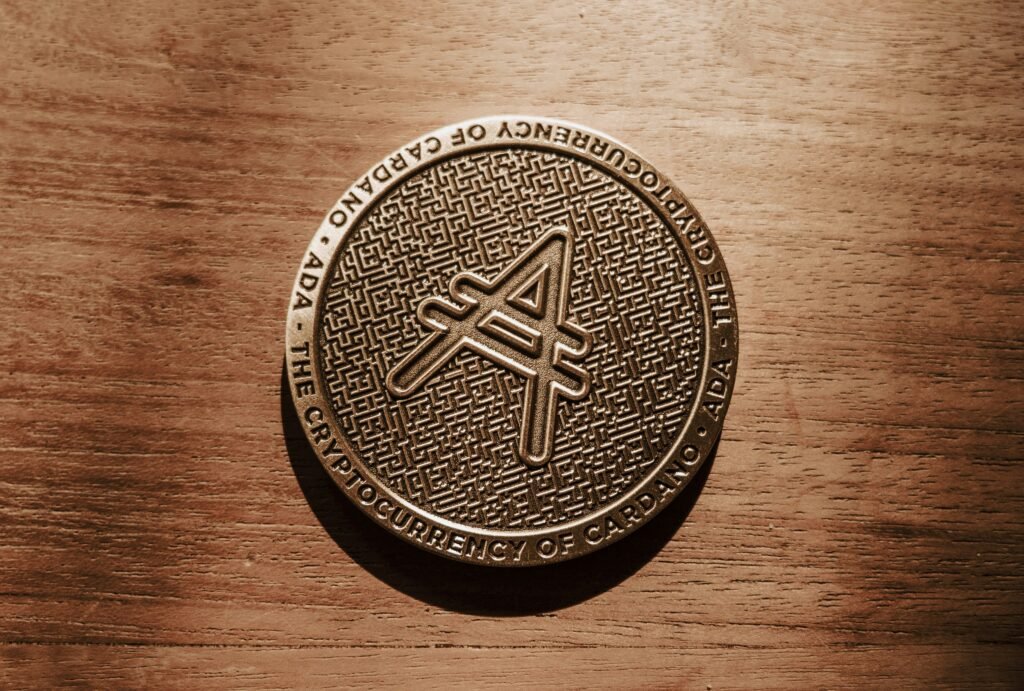Tron slashed network costs after a decisive proposal vote, cutting transaction fees by 60%. The change took effect on August 29, 2025, with implementation 20:00 GMT+8 across the Tron blockchain. The Tron network fee reduction 60% is the largest since launch and aims to restore network competitiveness after months of elevated costs. Backed by the Super Representative community and founder Justin Sun, the move targets cheaper stablecoin transactions and broader DeFi activity. For users, the headline is simple: transactions get cheaper, faster, and more frequent.
Community governance vote
The Tron network fee reduction 60% passed through community governance led by the Super Representative community. Token holders supported the proposal vote to reduce transaction fees and boost on-chain activity. Justin Sun signaled that short-term revenue trade-offs are acceptable if it grows the pie. The Tron blockchain remains the second-largest stablecoin rail after Ethereum, so governance focused on sustaining that lead.
Why fees were cut
Rising costs undermined Tron’s edge. Average fees recently hovered near $1.70, with a fee spike $2.50 December 2024 that rattled users. The Tron network fee reduction 60% is designed to reverse that trend and keep activity sticky on Tron rather than drifting to alternatives. Cheaper transactions should help rebuild momentum across USDT and USDC flows, especially during market volatility.
DeFi and stablecoins
Tron’s stablecoin market cap $82B reflects deep usage for USDT and USDC transfers. With the Tron network fee reduction 60%, stablecoin transactions become more predictable for arbitrage, remittances, and on-chain settlement. DeFi protocols on Tron can price strategies with tighter spreads and faster loops. Expect higher throughput, more wallets active per day, and better retention across emerging apps.
What users should expect
Effective immediately, the Tron network fee reduction 60% lowers out-of-pocket costs at the wallet and dApp level. Power users may see improved batching and routing as service providers pass through savings. Developers can redesign fee-sensitive features and promotions. In the near term, validators absorb a smaller fee share, but higher volume can offset it if activity scales.
Timeline and implementation
The Tron network fee reduction 60% went live on August 29, 2025, with implementation 20:00 GMT+8. Users and exchanges do not need to take action; most wallets auto-adjust. Keep an eye on dApp notices in case specific fee parameters or resource quotas update. If congestion rises, dynamic adjustments can follow through another proposal vote.
Impact on competitiveness
The Tron network fee reduction 60% strengthens network competitiveness versus Ethereum and other L1s. Tron remains a preferred lane for stablecoin transactions, while Ethereum leads in advanced DeFi and liquidity depth. Lower fees help Tron keep settlement sticky during risk-on and risk-off cycles, especially for cross-border flows and market-maker operations.
Frequently asked questions about Tron network fee reduction 60% (FAQ)
What is the Tron network fee reduction 60%?
It is a network-wide cut to transaction fees, approved by a community proposal vote to improve affordability and usage.
When did the change take effect?
The cut went live on August 29, 2025, with implementation 20:00 GMT+8 across the Tron blockchain.
Why did Tron reduce fees now?
Costs rose sharply, including a fee spike $2.50 December 2024. Lowering costs protects network competitiveness and supports USDT and USDC activity.
How does this affect stablecoin transactions and DeFi?
USDT and USDC transfers should become cheaper and more consistent, while DeFi strategies can execute with tighter spreads and faster settlement.
How does Tron compare with Ethereum after the change?
Tron keeps a cost advantage for stablecoin transfers, while Ethereum remains dominant for complex DeFi, liquidity depth, and broader composability.



